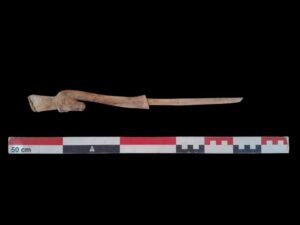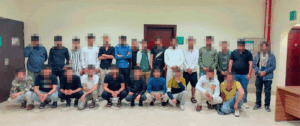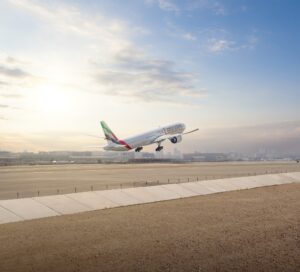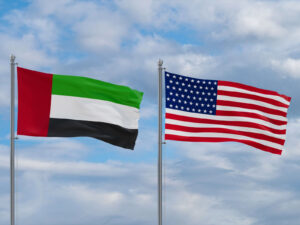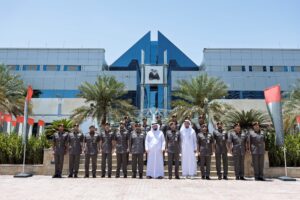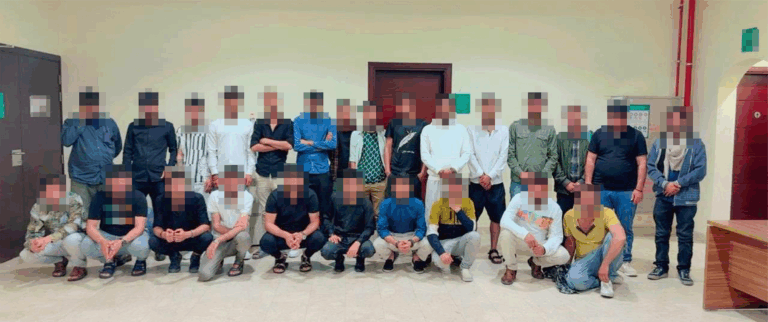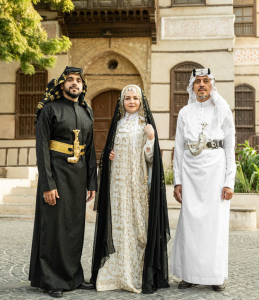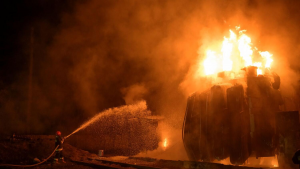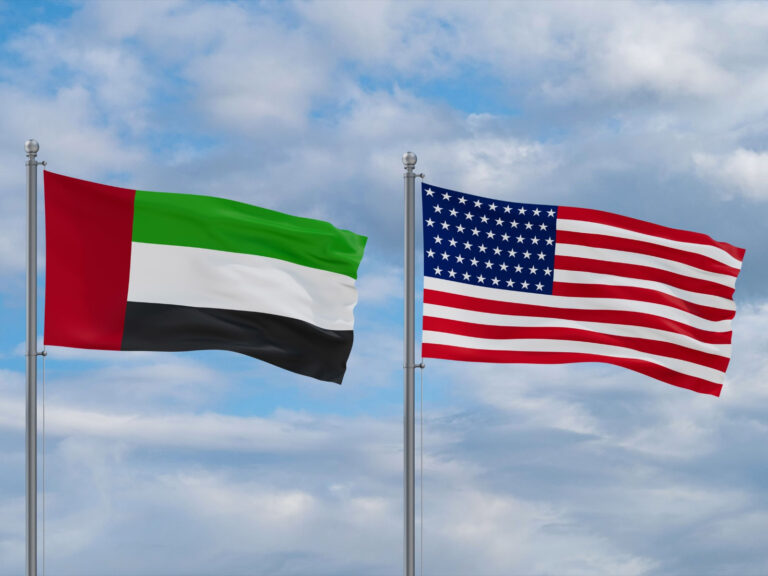A team of multidisciplinary doctors at a private hospital in Dubai have reattached a near-total amputated hand of an expat worker by performing a complex 10-hour-long emergency surgery.
In February, Pyae Phyo Aung, a 37-year-old manual labourer from Myanmar, was working on a ship at the Dubai Ports when he got involved in a freak incident. While handling heavy shipments, his left hand accidentally got caught in the ropes that had docked his boat, and due to the impact, it got ripped off from the wrist.
Immediately, the Dubai Corporation for Ambulance Services (DCAS) took him to the emergency department of NMC Royal Hospital, Dubai Investments Park. Soon, a multidisciplinary team of doctors, including plastic and reconstructive surgeons, orthopaedics, anaesthetists, and emergency physicians, was formed. Aung was rushed to the operating room.
Dr Adil Ali, a specialist reconstructive and plastic surgeon at NMC Royal Hospital, DIP, recalled that Aung was in a critical condition when he was brought to the hospital.
“As the weight and pressure from the impact were so great, the rope cut through his whole left wrist and blood vessels. He had a near-total amputation of his left hand below the wrist.
He had lost a significant amount of blood at the site of the accident. We informed the patient and his company managers that an immediate hand reimplantation under general anaesthesia was needed to save his hand,” Dr Ali said.
What is reimplantation?
Elaborating on the procedure, Dr Vikas Verma, a consultant aesthetic, reconstructive and plastic surgeon at NMC Royal Hospital, noted: “A reimplantation is a procedure in which the amputated/cut part is completely reattached to the body by fixing the bones, arteries, veins and tendons.
It is a very technical and time-consuming procedure and can only be possible in centres with expertise in handling microvascular hand trauma. Successful hand reimplantation is the best technique to restore the function and shape of the hand, and no prosthesis can match it.”
10-hour-long surgery
Aung’s procedure, done on the same day, lasting for more than 10 hours, was performed by a team of experts comprising plastic surgeons Dr Ali and Dr Verma, orthopaedic surgeons Dr Mohamed Ahmed Selim and Dr Mohammed Elmarghany, anaesthetist Dr Surjya Upadhyay and Dr Shiyad Muhamed along with the assistance of the experienced nurses Geeta, Sonia, Mary and team.
Dr Ali and the team of plastic and reconstructive surgeons started off with the restoring of the blood supply to the amputated hand, then worked through the arteries, veins and tendons, while Dr Selim and the team of orthopaedic surgeons worked through the bones during the mammoth 10-hour surgery.
Four more surgeries
Dr Upadhyay, head of anaesthesia and pain management, noted that Aung underwent four more surgeries over the past months, including tendon transfers, nerve repairs and skin flap surgeries to restore the function and movement of his hand.
“He needed strict monitoring in the postoperative period to ensure no unwanted complications,” Dr Upadhyay said.
Talking about the journey to recovery, Dr Selim said that, following a course of physiotherapy and occupational therapy, Aung is expected to achieve near-normal hand function.
“As it takes about 6 to 12 months for the nerves and bones to heal completely, he still has a long way to go to restore his hand functions and movements, but it is expected that he will be able to rejoin his work again.”
